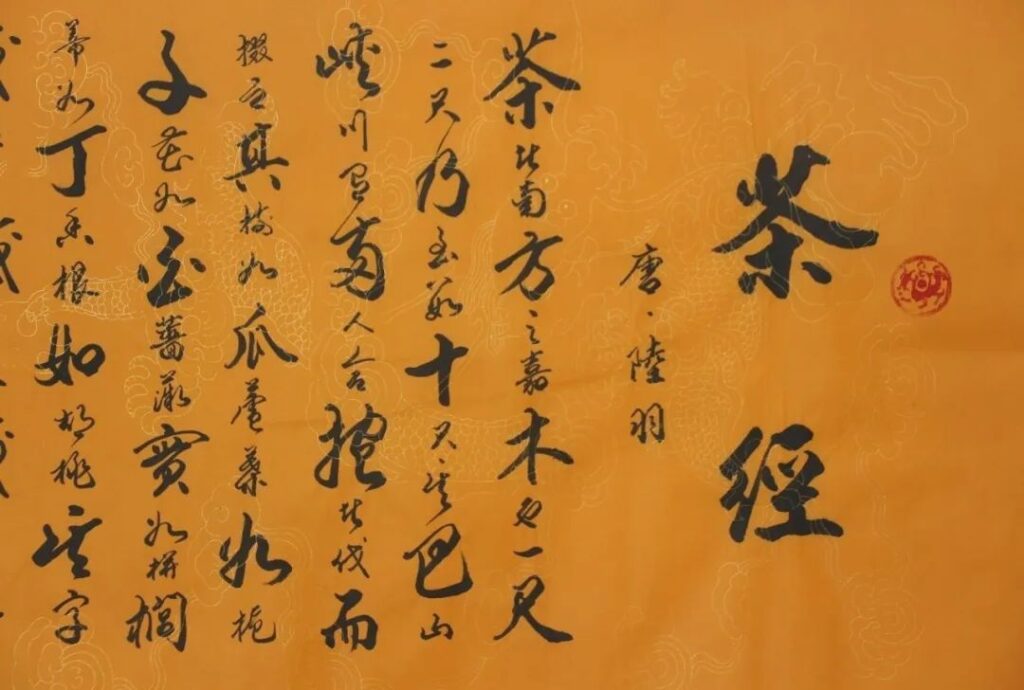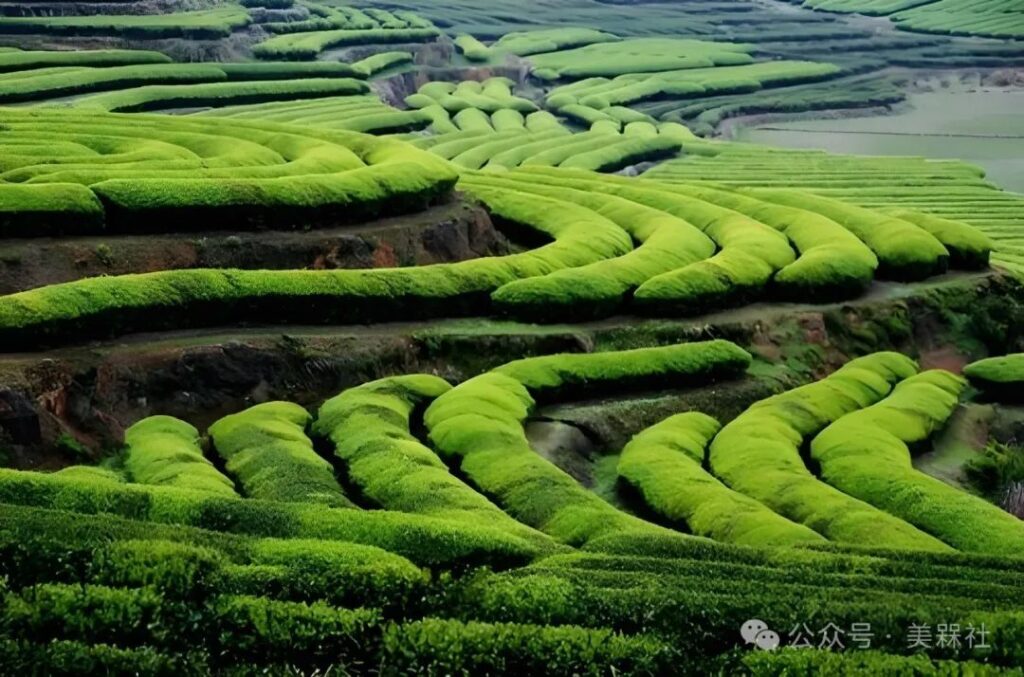Tea, as an integral part of traditional Chinese culture, is not only a beverage but also an art of living and a spiritual symbol. With a history spanning thousands of years, Chinese tea culture has evolved into a unique tea spirit and a rich array of tea arts.
1. The Origin and Spread of Tea
The origin of tea dates back to ancient times, when it is said that Shennong discovered the medicinal value of tea. By the Zhou Dynasty, tea had already begun to appear as a drink. During the Tang Dynasty, tea culture experienced unprecedented development, with Lu Yu’s ‘The Classic of Tea’ being the world’s first monograph on tea, signifying the formation of tea culture. In the Song Dynasty, tea culture further developed, with tea ceremonies, tea arts, and tea utensils reaching a high level of artistic achievement.
During the Ming and Qing Dynasties, tea culture became more widespread, with tea houses and tea pavilions scattered throughout urban and rural areas, becoming important places for social interaction and leisure. The spread of tea culture is also closely related to China’s foreign exchanges. Through the Silk Road, tea culture spread to Japan and the Korean Peninsula, forming their own unique tea cultures.
Meanwhile, tea also spread to Europe via the maritime Silk Road, becoming an important window for Western societies to understand China.
2. Types and Characteristics of Tea
China boasts a wide variety of teas, which are mainly divided into six categories based on fermentation levels and production processes: green tea, black tea, oolong tea, white tea, yellow tea, and dark tea.
1. Green Tea
Green tea is a non-fermented tea that retains the natural color and nutritional components of the leaves, characterized by its fresh and refreshing taste. Famous green teas include Longjing, Biluochun, and Huangshan Maofeng.
2. Black Tea
Black tea is a fully fermented tea with a bright red color and a rich, mellow taste, known for its warming and invigorating effects. Renowned black teas include Lapsang Souchong, Jin Jun Mei, and Keemun.
3. Oolong Tea
Oolong tea is a semi-fermented tea that lies between green and black tea, possessing the fresh aroma of green tea and the rich flavor of black tea. Famous oolong teas include Tieguanyin, Dahongpao, and Fenghuang Dancong.
4. White Tea
White tea is a slightly fermented tea with a simple production process that preserves the natural flavor of the leaves. Notable white teas include Baihao Yinzhen and Bai Mudan.
5. Yellow Tea
Yellow tea is a slightly fermented tea that undergoes a special yellowing process, giving the leaves a unique yellow color. Famous yellow teas include Mengding Huangya and Junshan Yinzhen.
6. Dark Tea
Dark tea is a post-fermented tea that, after a long period of fermentation and aging, has a rich flavor and is known for its lipid-lowering and weight-loss effects. Famous dark teas include Pu-erh and Liubao.
3. Tea Art and Tea Ceremony
Tea art refers to the skills and methods of brewing and drinking tea, including selecting tea, choosing water, brewing, and tasting. Tea art not only requires exquisite skills but also emphasizes harmony with the environment and state of mind. Tea selection: Choose the appropriate tea leaves based on personal taste and seasonal changes, such as green tea for spring, oolong tea for summer, white tea for autumn, and black tea for winter.
Water Selection: The quality of water greatly the impacts taste of tea. Ancient people emphasized using natural water sources such as spring water and well water for brewing tea.
Brewing Tea: The water temperature, brewing time, and techniques all affect the taste of tea and should be adjusted according to the type of tea and personal preference.
Tasting Tea: Tasting tea is not just about the flavor but also appreciating the color, aroma, taste, and shape of the tea, as well as the culture and art associated with it. Tea ceremony is the spiritual essence of tea art, emphasizing the aesthetic concepts of harmony, respect, purity, and tranquility. Harmony refers to the pursuit of harmonious coexistence with nature and society; respect means valuing tea, others, and oneself; purity is the pursuit of a clean mind and a simple life; tranquility is the pursuit of inner peace and detachment.
Development of Tea Culture in Modern Society: As society evolves, so does tea culture, continuously innovating and transforming. Modern tea culture is characterized by diversity and internationalization.
Tea Art Performance: Tea art performances combine tea art with dance, music, poetry, and other art forms, becoming a unique stage art.
Tea Culture Festivals: Various regions host tea culture festivals, promoting tea culture through tea art competitions, tea ceremony lectures, and tea product exhibitions.
Tea Tourism: Tea garden sightseeing and tea culture experiences are popular among tourists, becoming a new highlight in the tourism industry.
Tea and Fashion: The combination of tea culture with fashion elements, such as tea beverages, tea snacks, and tea fragrances, has become a new favorite among young people.
Chinese tea culture is a treasure of the Chinese nation. It is not only a way of life but also a spiritual pursuit. In modern society, tea culture has strong vitality and influence. We should inherit and promote tea culture, allowing more people to understand and love it, and let tea culture spread and flourish worldwide.


